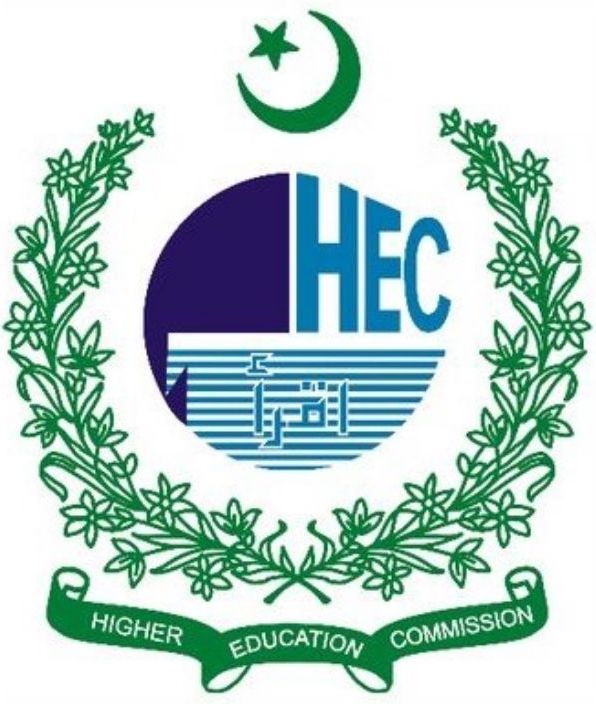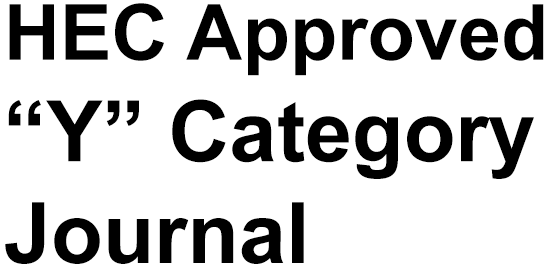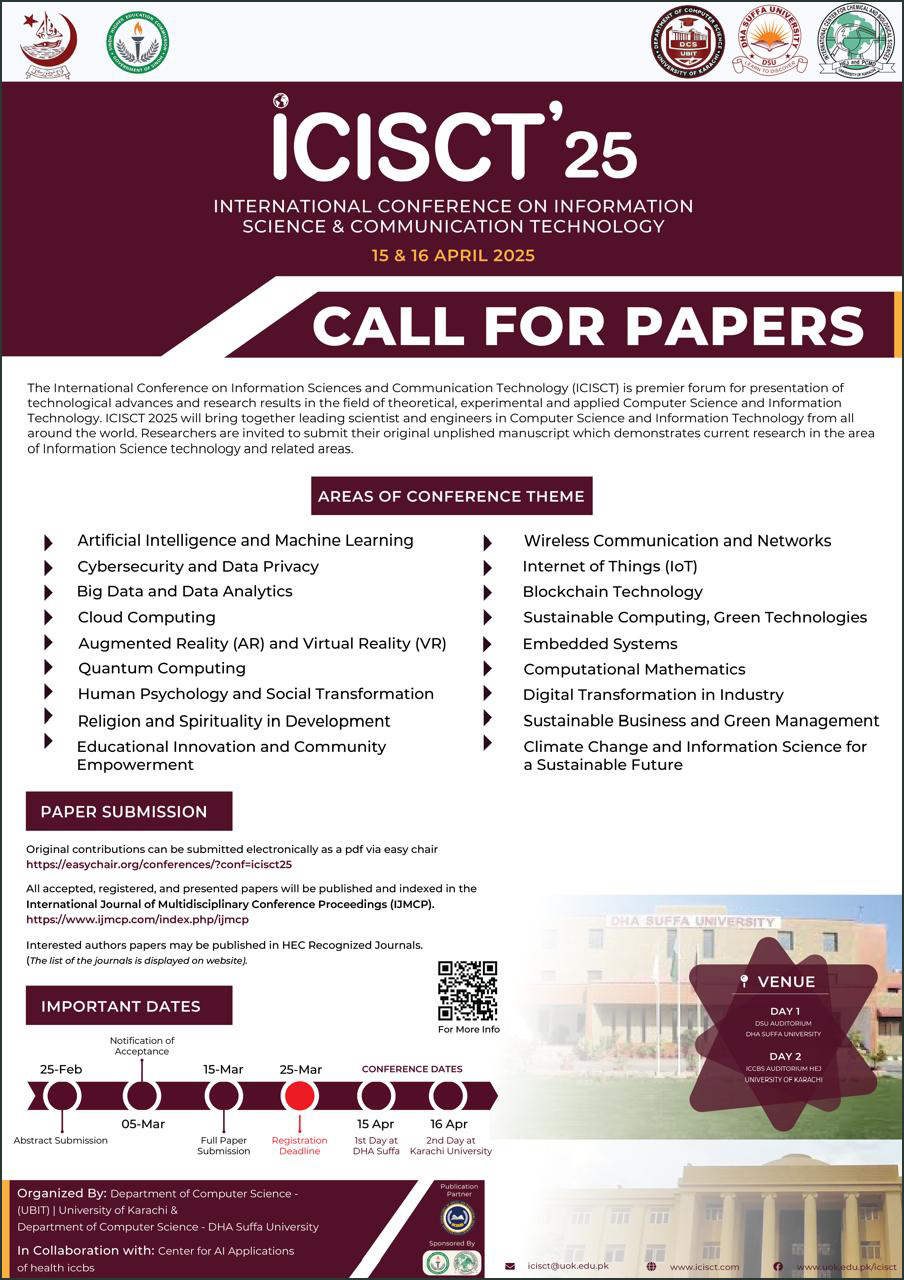Natural Resource Effect on Industrial Structure of oil exporting countries: Analysis through DID and PSM (DID)
DOI:
https://doi.org/10.61503/cissmp.v2i3.68Abstract
Researchers look closely at the resource curse and its effects on the economies of oil-exporting countries participating in the Belt and Road Initiative (BRI). The primary objective was to learn whether or not the abundance of natural resources in BRI countries aided or slowed the growth of their industrial structural infrastructure. The purpose of the research was to ascertain, over the years 1990-2020, how the availability of natural resources will affect the rate of industrialization in these countries. In this investigation, we used both the Difference in Difference (DID) and the Propensity Score Matching (PSM-DID) methods. The DID approach was utilized to establish causal relationships by comparing the industrial growth trajectories of countries rich in resources with those less endowed over time. Additionally, the PSM-DID method was employed to mitigate selection bias by matching countries with similar characteristics. The findings underscore that the resource curse does indeed influence the industrial structures of several countries due to their heavy reliance on the extraction and export of raw materials, which often leads to limited diversification and heightened vulnerability. Nevertheless, it is imperative to recognize that not all BRI nations are equally affected by the resource curse. Some countries have adeptly leveraged their natural resources to drive industrialization and overall economic advancement.
Downloads
Downloads
Published
Issue
Section
License
Contemporary Issues in Social Sciences and Management Practices (CISSMP) licenses published works under a Creative Commons Attribution-NonCommercial (CC BY-NC) 4.0 license.









